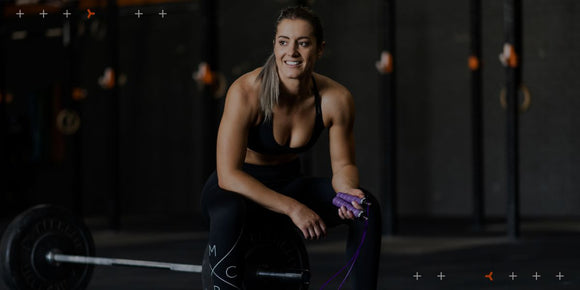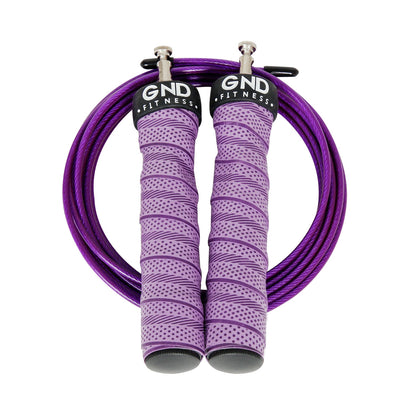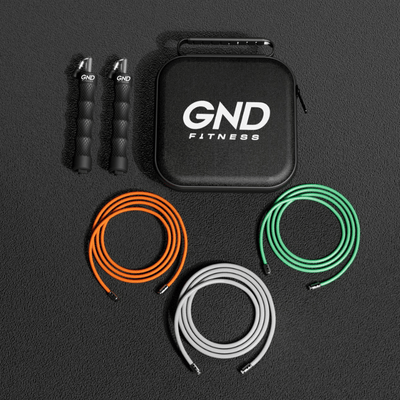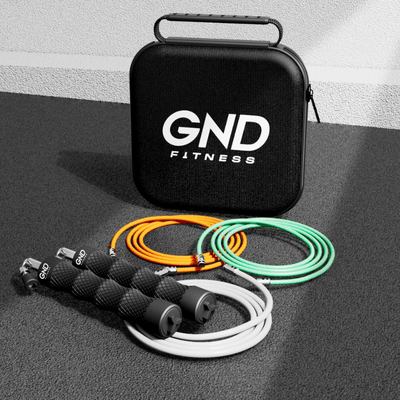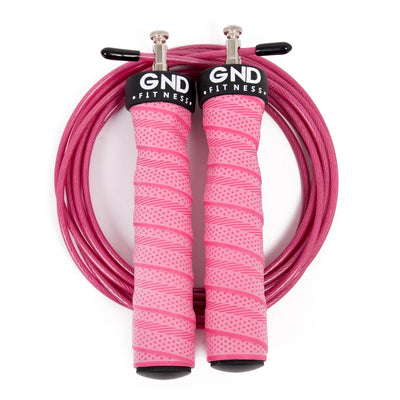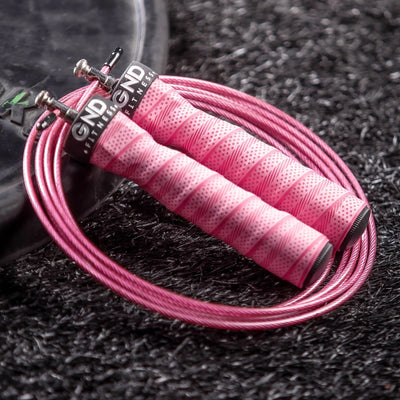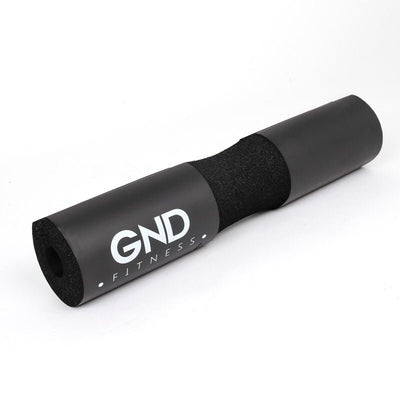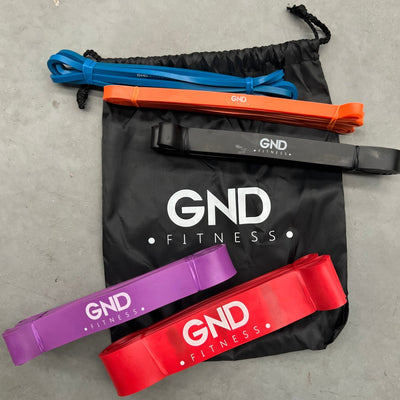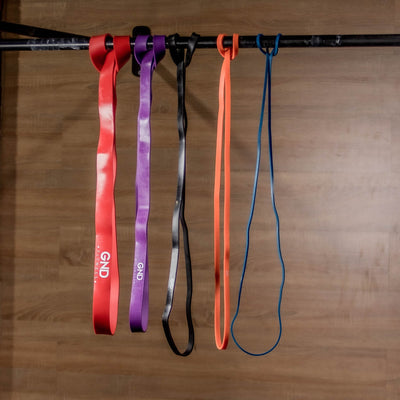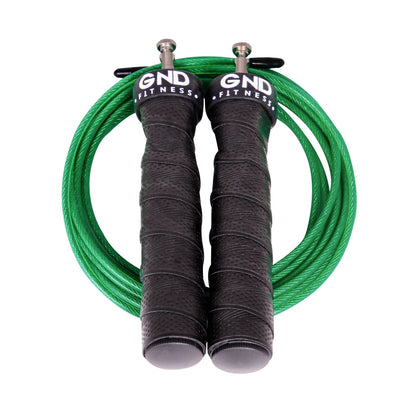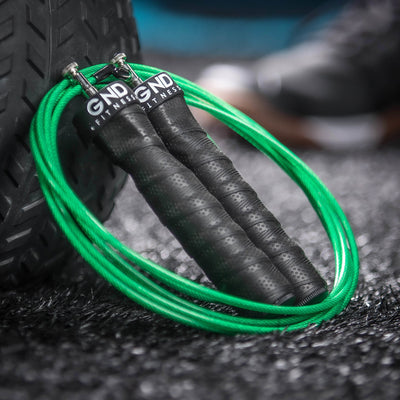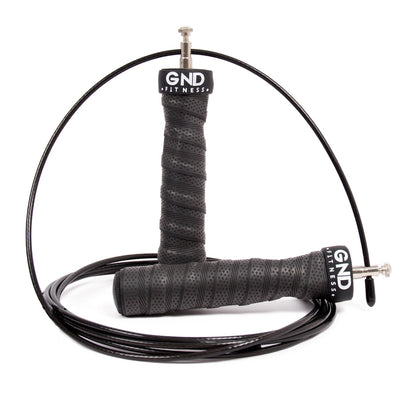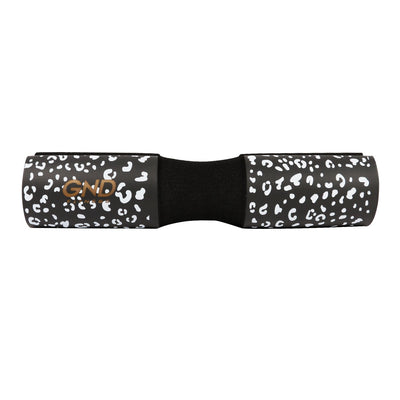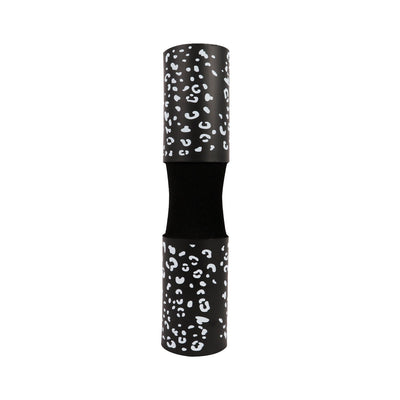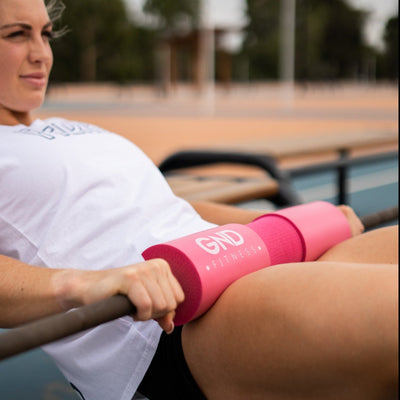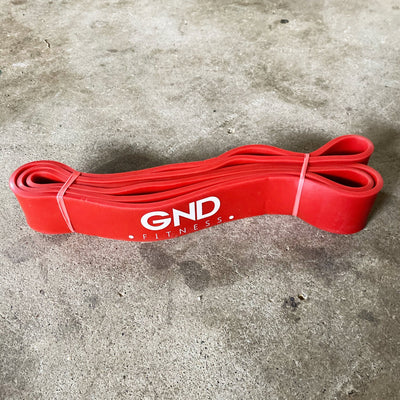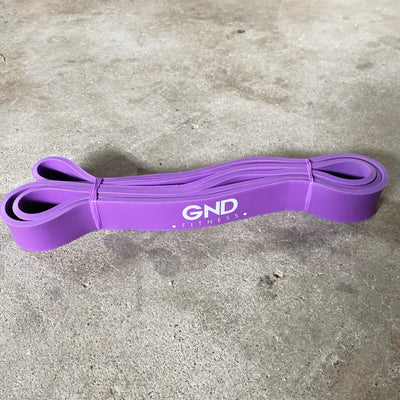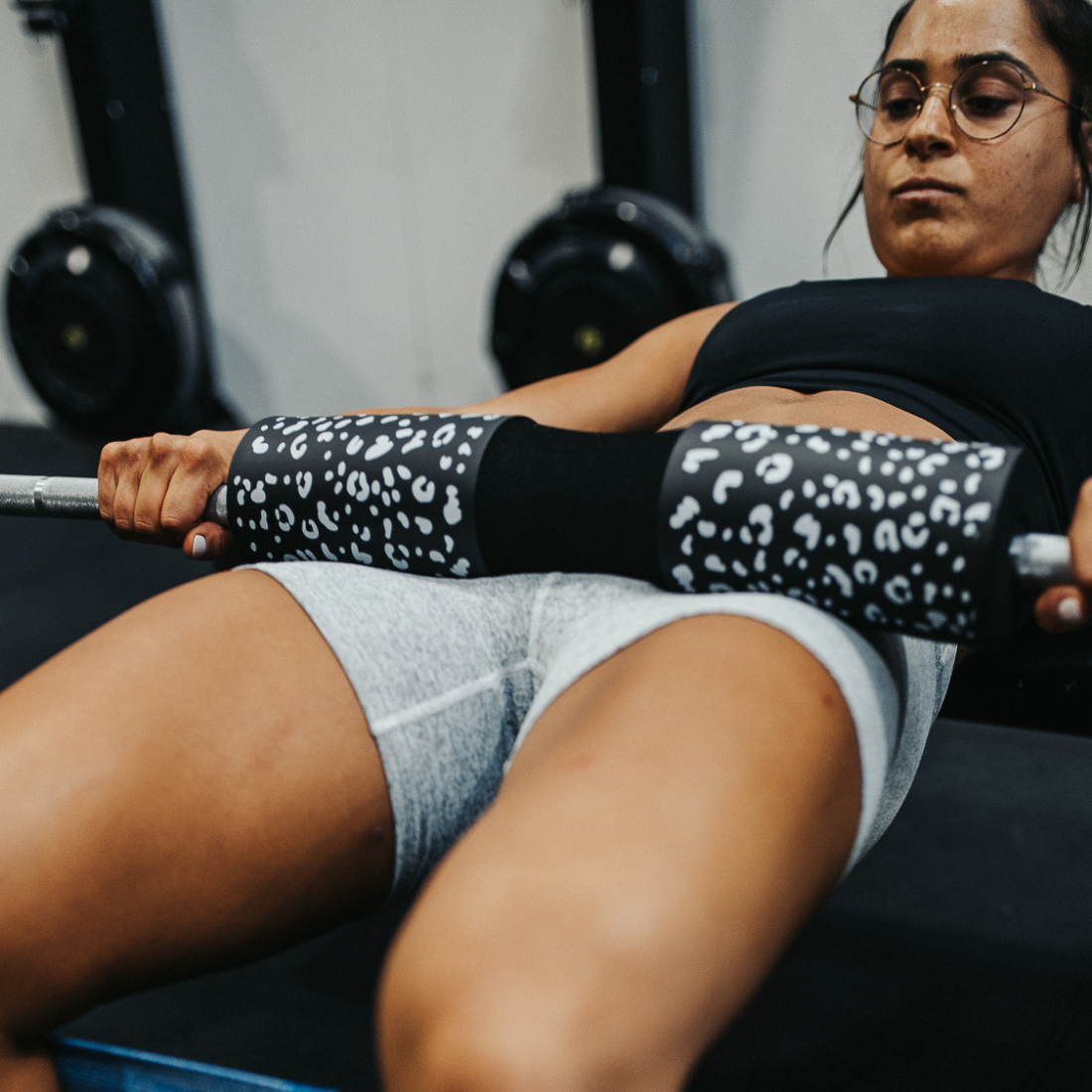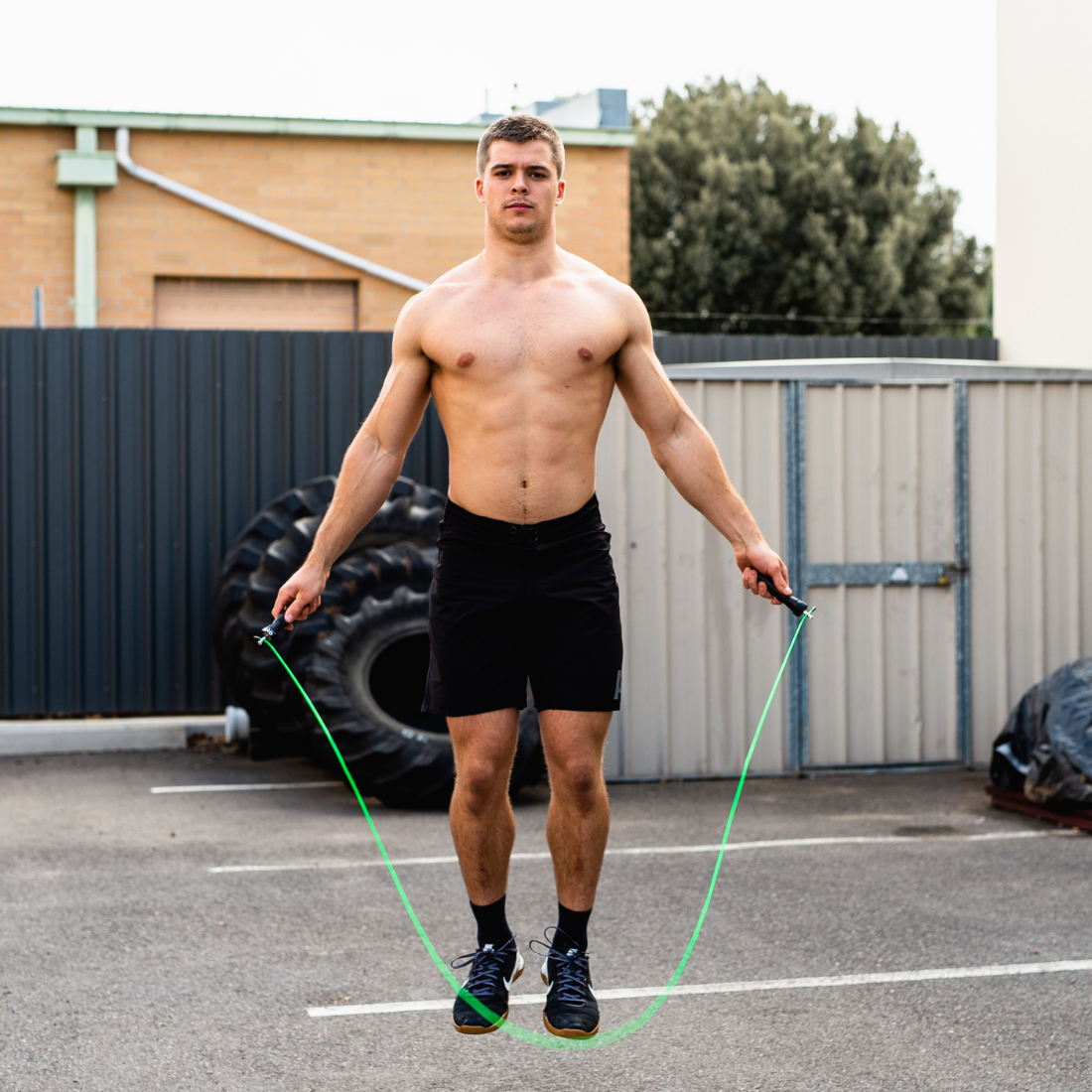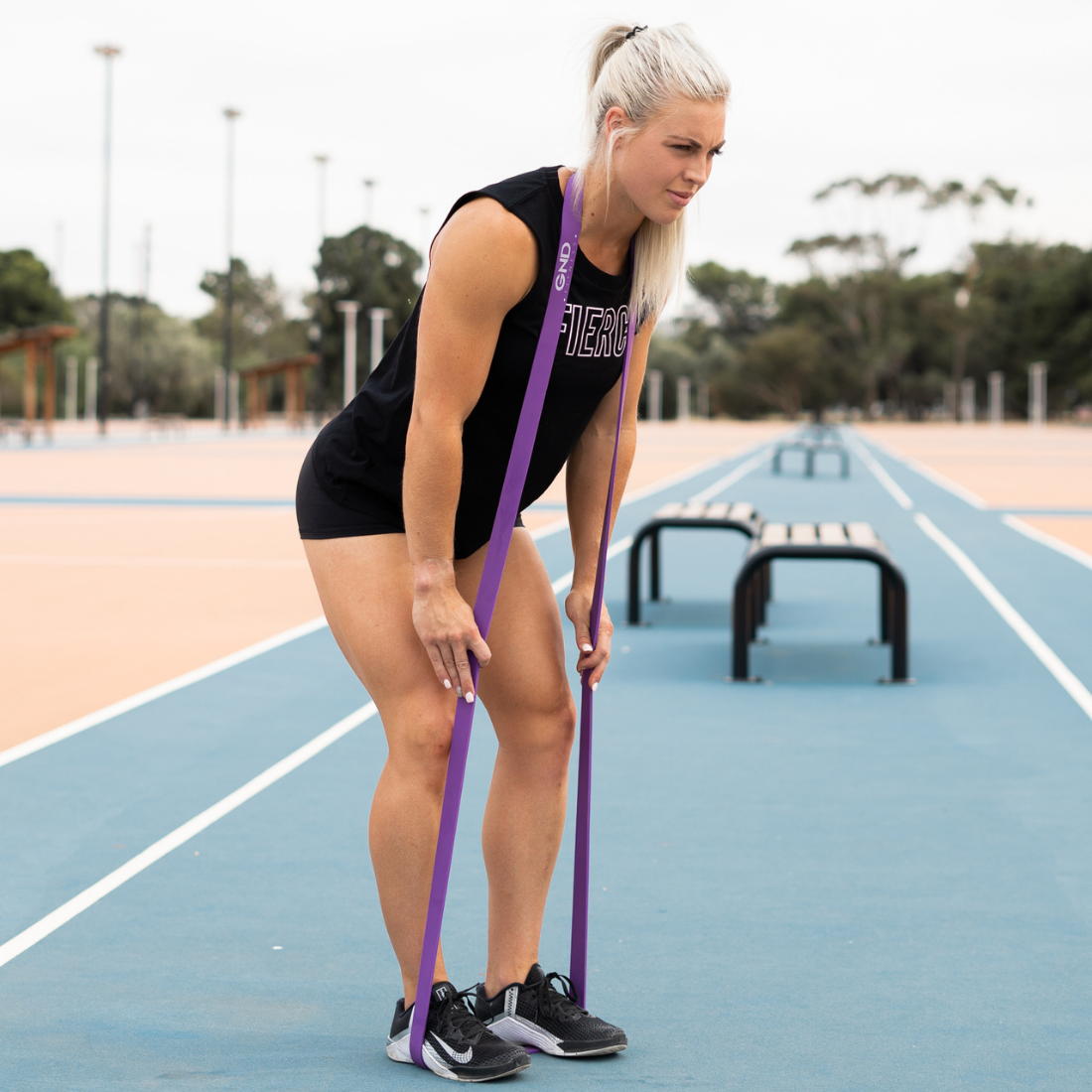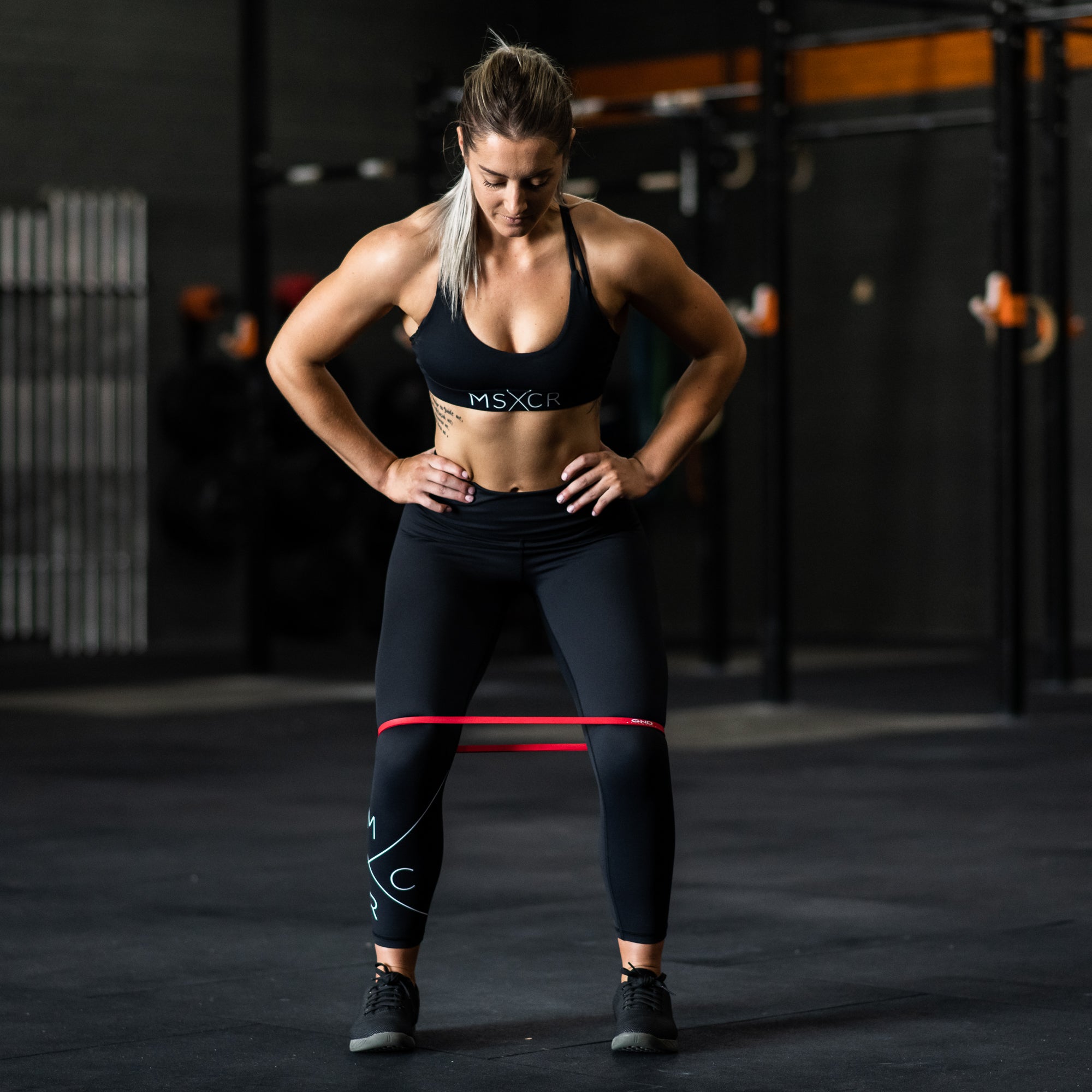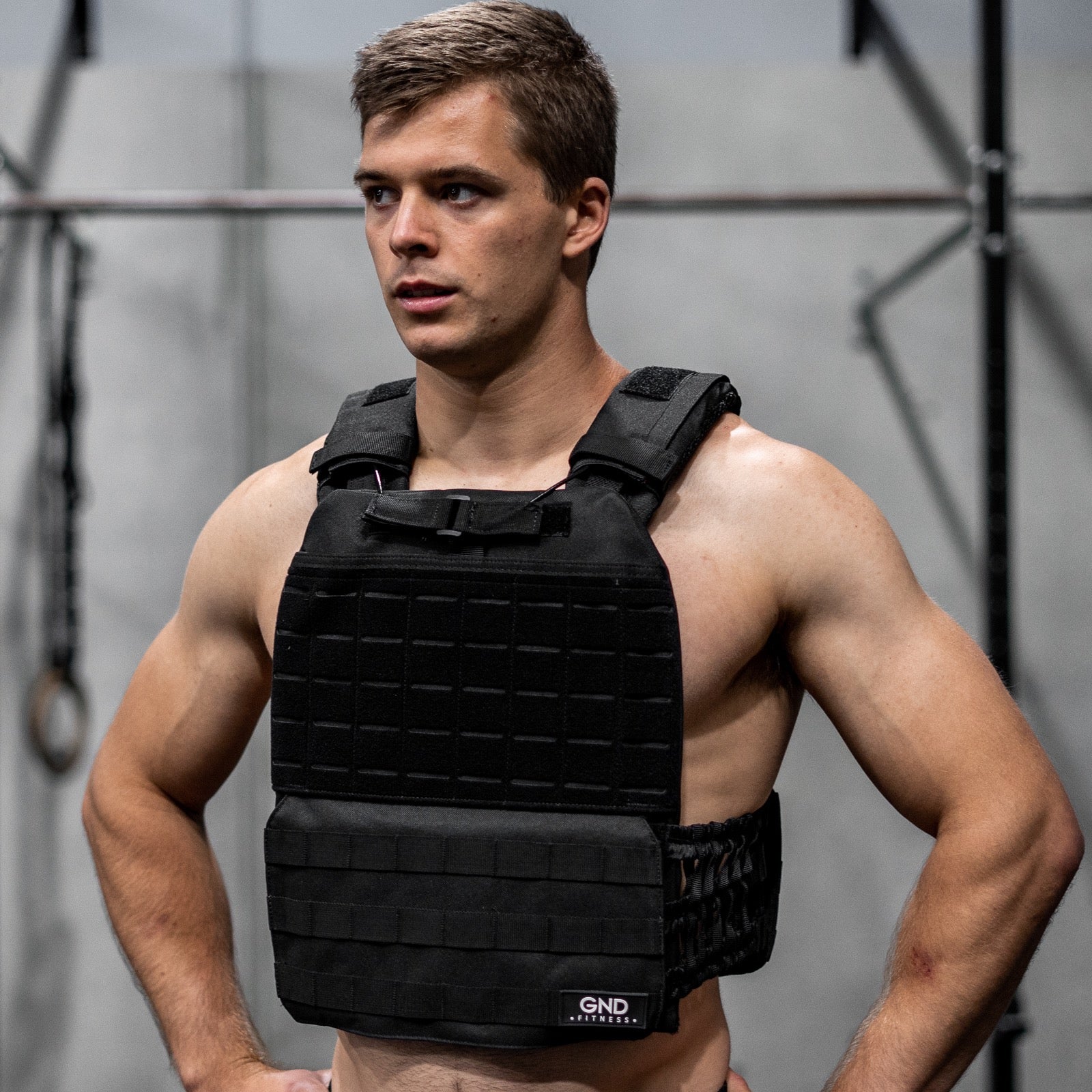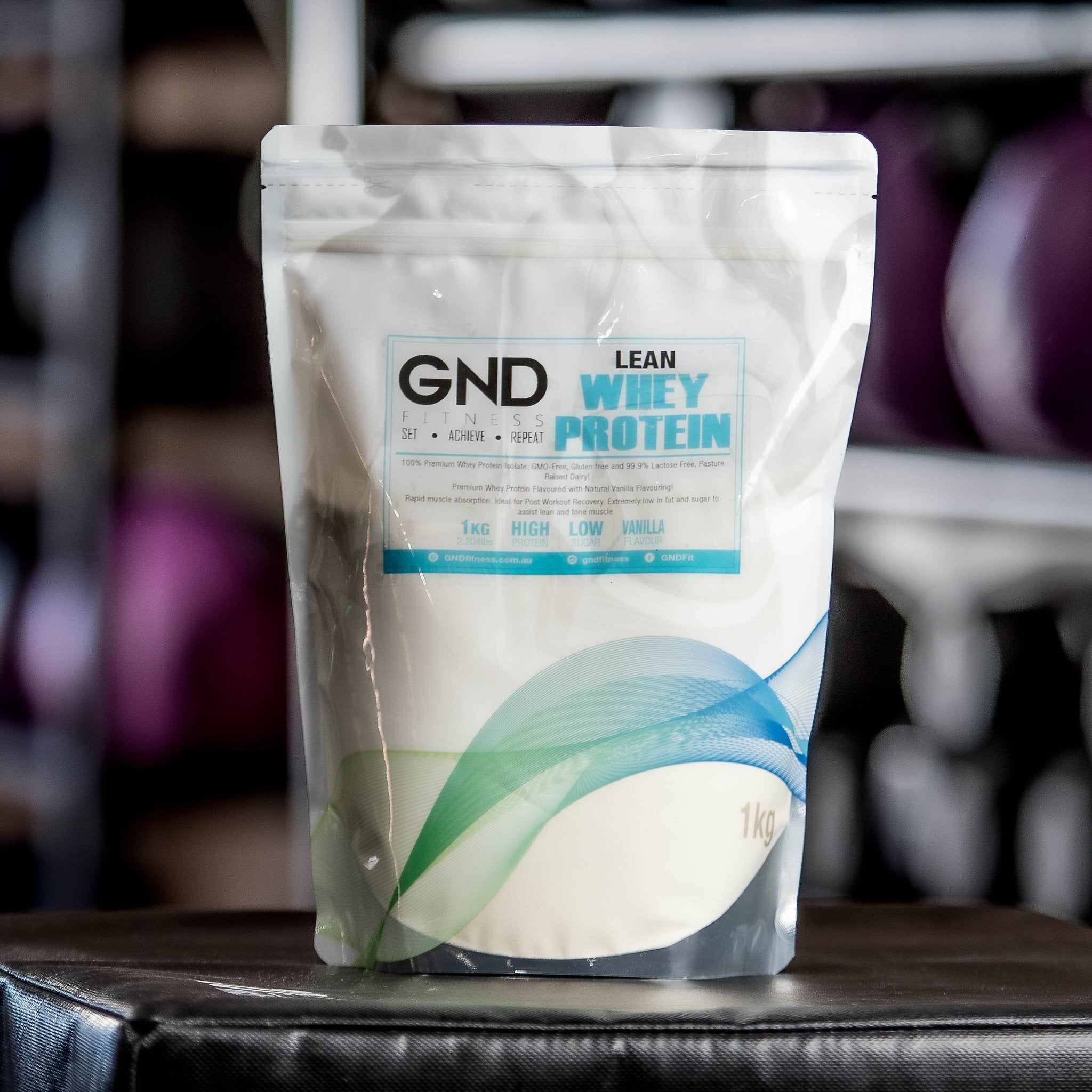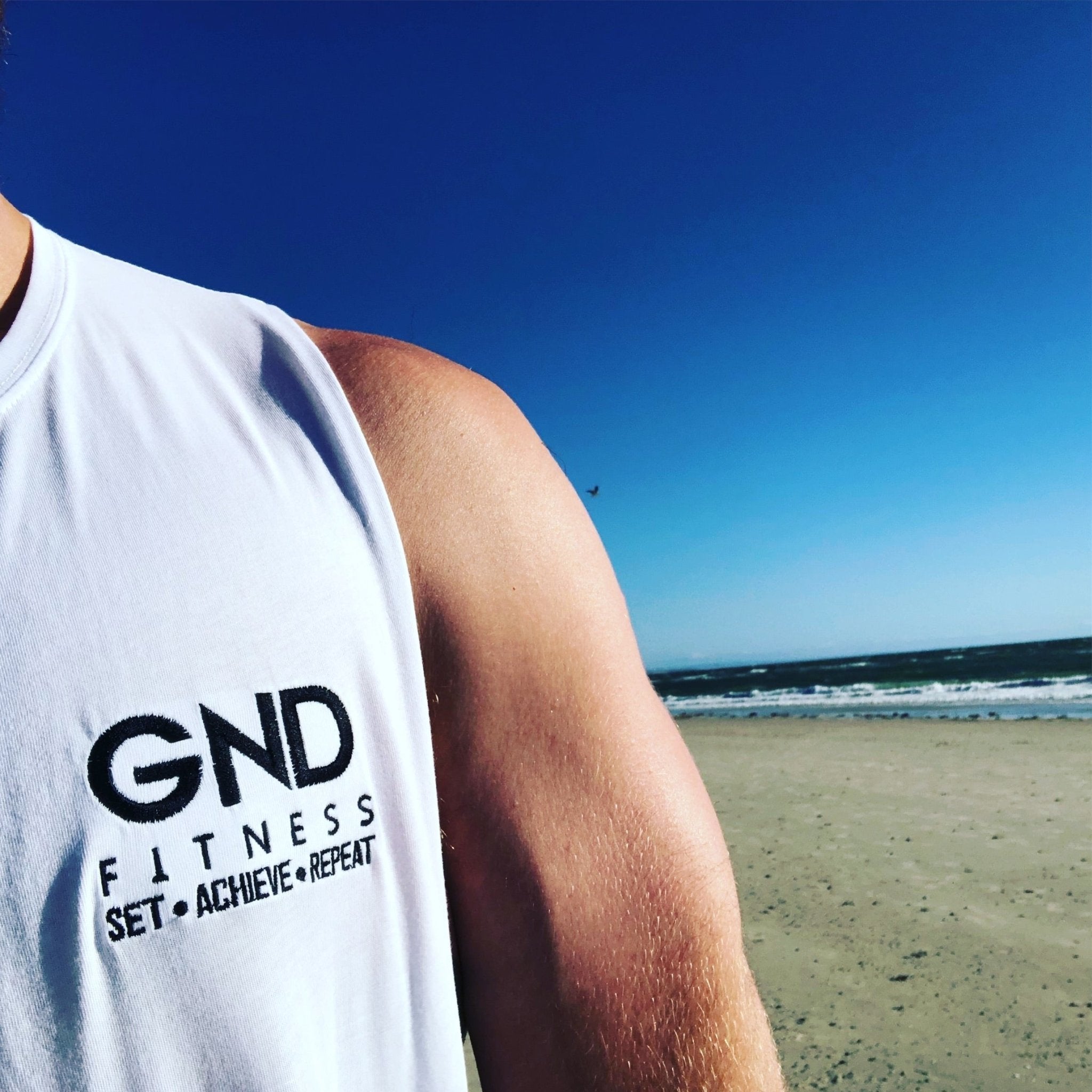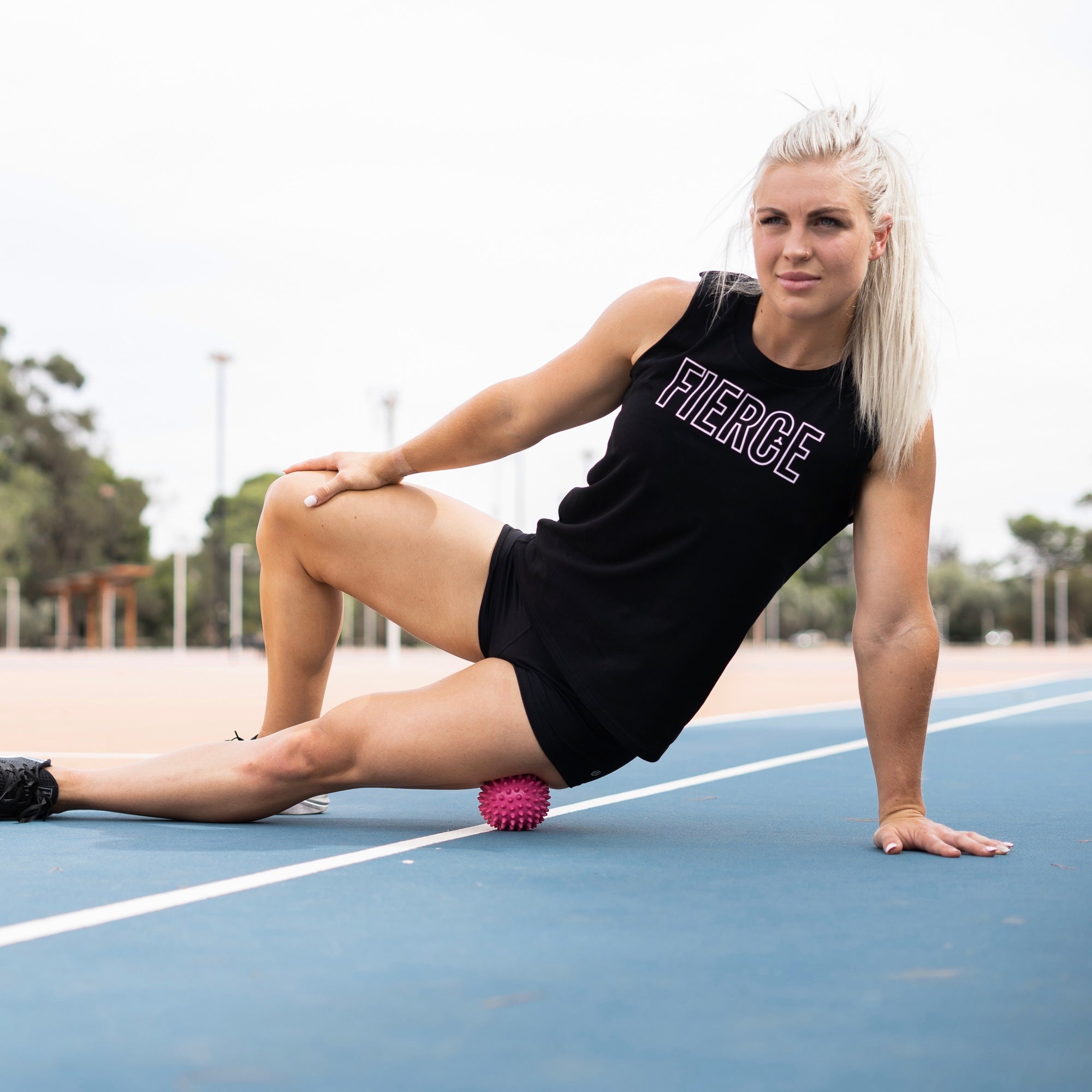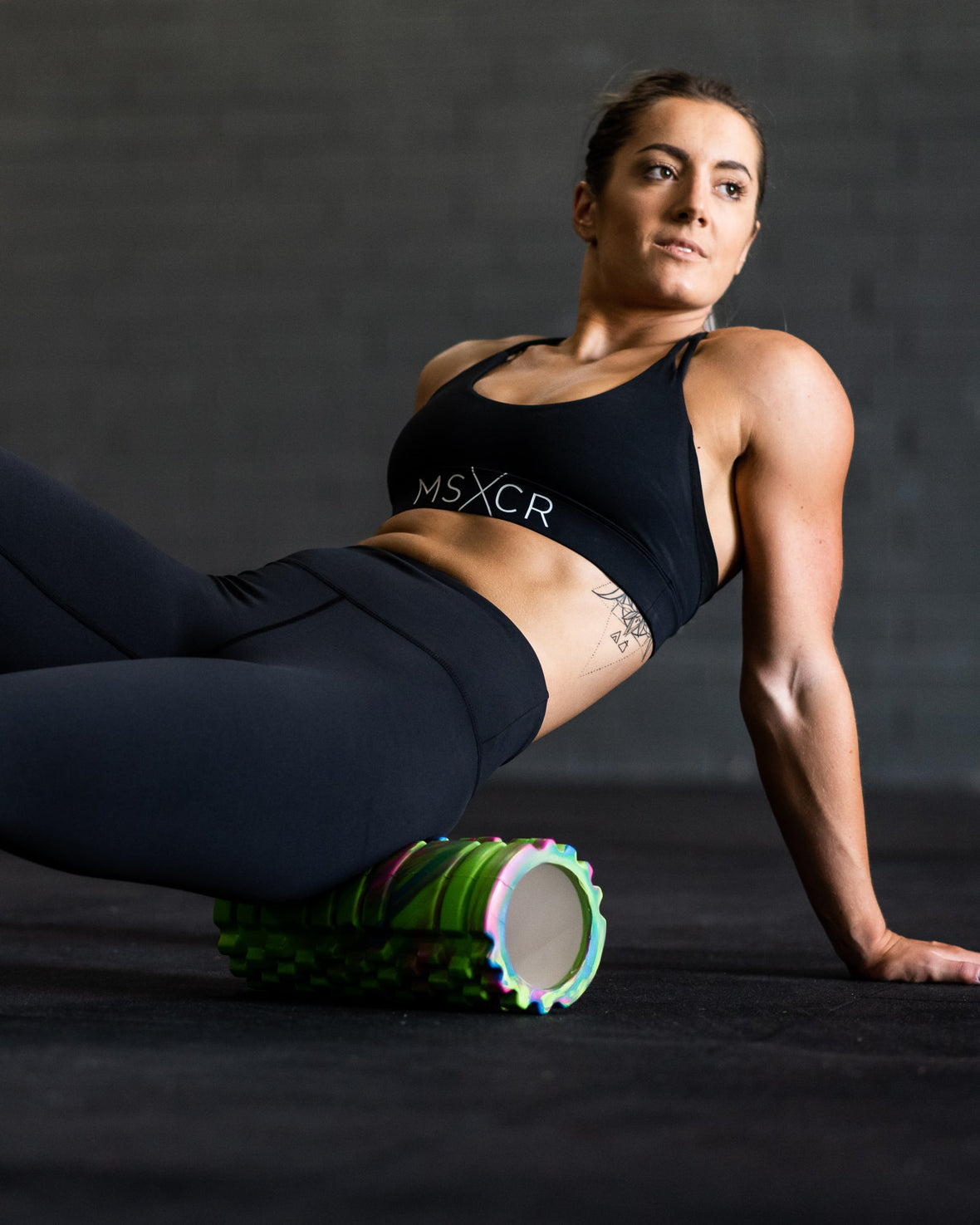
Best Stretches to Do After Your Workout
Garth Stivey
Best Stretches to Do After Your Workout
After your workout, you should spend a couple of minutes quietly walking around to bring your heart rate back to its pre-exercise state. After that, you should do some static stretching, where you hold a fully contracted muscle position
Stretching Recommendations
- The American College of Sports Medicine (ACSM) recommends flexibility exercises for all of the major muscle-tendon groups - neck, shoulders, trunk, lower back, hips, legs, ankles - 2-3 times per week.
- Spend 60 seconds on each stretch; if you can only hold the stretch for 20 seconds, repeat the stretch three times.
- Never bounce into a stretch.
5 Stretches to Do After Your Workout …
Upper Back Stretch
Place both hands face down on a fence, ledge, or mantel. Bending at the waist, let your body drop down while keeping your knees slightly bent and arms straight out in front of you. Hold this gentle stretch for 60 seconds.
Arms, Shoulders & Chest Stretch
Grab a towel at both ends while keeping your arms straight. Without bending your arms, raise the towel over your head and behind your back. Hold the towel behind your back for 60 seconds.
Pectoral Stretch
Standing - place your right hand on the wall in front of you in a ‘stop’ position (your upper arm should be at shoulder height with your elbow bent at 90 degrees). Rotate your torso away from the wall. As you stretch, make sure to keep your shoulder back on the side closest to the wall (the side you are stretching). Hold for 30 seconds on each side.
Quad Stretch
Standing - Hold your foot at the lace part of your shoe (not your ankle), bring it behind your body and tuck your pelvis under so your tailbone is pointing at the wall in front of you (a posterior tilt). Try and get your heel to touch your bum without letting your knee swing out to the side. Hold for 60 seconds.
Hamstring Stretch
Standing - With your feet hip width apart, place your right leg forward so your right heel is just in front of your left toe. Keeping your right leg straight, bend your left knee. With a straight back, gently lean forward resting your weight on your bent leg. Hold for 60 seconds.
Workout Recovery
Your workout recovery actually begins with what you do prior to the workout. Getting 7-8 hours of quality sleep and fueling your body with glycogen and amino acids with a healthy carb, protein, fat macronutrient ratio whole food meal a couple of hours before your workout will help you to train optimally and set you up for recovery.
Following your workout, your body needs nutrients in the form of glycogen and protein to replace depleted glycogen levels and start repairing muscle tissue. Get this into your body within two hours of finishing your workout.
Your mind also requires recovery time in the hours after your workout. Try to allow yourself 15-30 minutes to unwind mentally, go for a walk, or stretch then have a shower to unwind.
Self Massage
Self Massage has made post-workout massage affordable for the vast majority of exercisers. With the aid of a foam roller, trigger point massager, or a tennis ball, you are able to apply specific, targeted massage to release knots, adhesions, and trigger points.
The most effective self-massage tool is your own hands. They can be used to massage into the soft muscle areas of the body that they can reach in order to release tension and knotty areas.
Foam Rolling
Foam rollers are cylindrical devices that are generally about 30cm long and made either of styrofoam or hardened plastic. More expensive rollers are made of PVC material and have nodules of various sizes protruding from them in order to get deep into the muscle tissue.
Using a foam roller before your workout will help to ensure that your muscles are supple, elastic and ready to perform for you. Post workout, a foam roller will apply pressure to the muscle group that you have just worked to loosen the muscle group, break up any knots and fast track the supply of nutrients and oxygen to the area.
Using a foam roller simply involves placing the roller between the muscle group you wish to work and the floor or a wall. You then roll back and forth to apply pressure to the muscle. The degree to which you push down on the roller dictates how deeply you penetrate into the muscle tissue.
You can purchase foam rollers that include a vibration function to enhance the massage effect.
While foam rolling after your workout will benefit all muscles of your body, there are six key muscles that should be worked after every session:
Quadriceps
Rest one leg on the ground and place the other thigh on the foam roller, just above the knee. Support your body on your palms and elbows. Now roll the thigh up and down by pushing your hips back. As you roll, place pressure on all four of the quadricep muscles to emphasize that area.
Hamstrings
Sit on the floor with the foam roller resting under one hamstring just above the knee. Support your body by resting your palms on the floor behind you. Now move up and down the roller in a rhythmic fashion by pushing your hips back and forth.
Calves
Sit on the floor with the foam roller resting under one calf just below the knee. Support your body by resting your palms on the floor behind you. Now move up and down the roller in a rhythmic fashion by pushing your hips back and forth.
IT Band
Lie on the floor with one hip resting on the foam roller. Bend your other knee with the sole of your foot on the floor. Start rolling from the bottom of the thigh, just above your knee, and come up to the outer part of the hip.
Back
Lie on the floor with the foam roller under your shoulder blades. Roll up and down the entire length of your back with slow, smooth movements. If you have a specific trigger point area, you may want to use a massage ball to apply direct pressure to that area.
Chest
Lie face down on the foam roller, with it resting at the level of your calves, roll down the length of the pectoral muscles. If this is impractical for women, they can use a massage ball against a wall and apply pressure point massage as needed.


